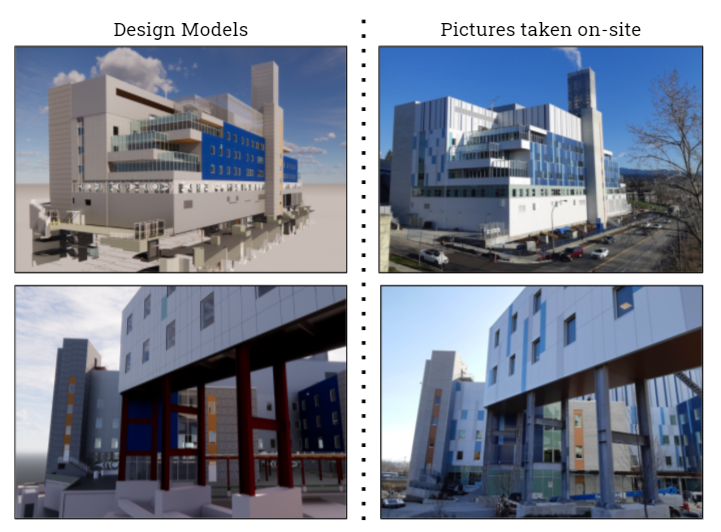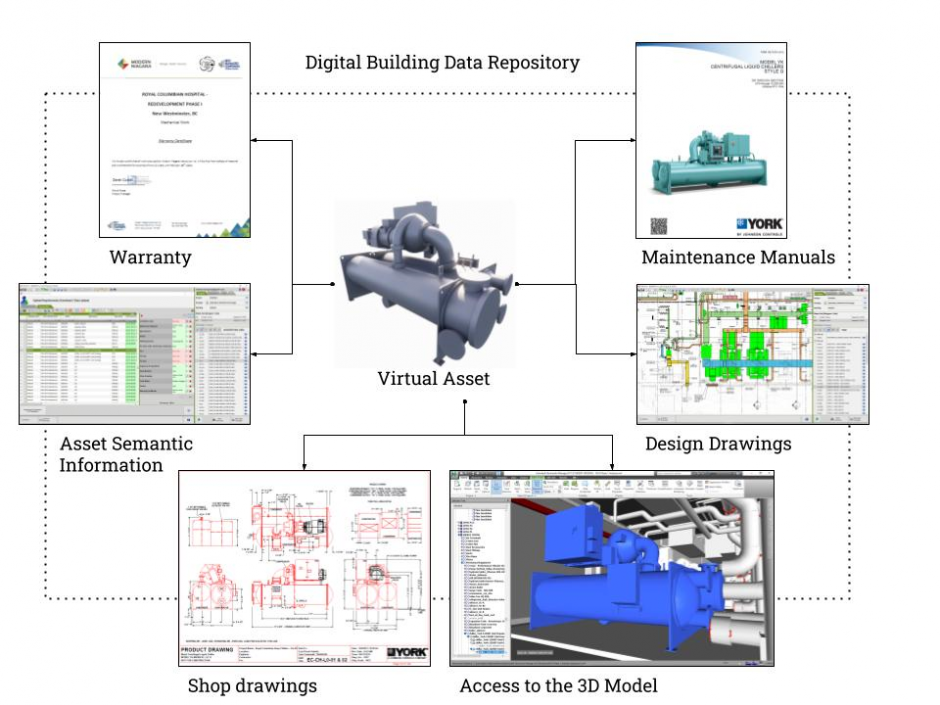In the modern construction industry, ensuring the seamless transition of information from the design and construction phases to the operations phase is critical. This process, known as digital handover, involves transferring all relevant data and documentation to facility owners in a structured and usable format. By leveraging Building Information Modeling (BIM), stakeholders can create comprehensive digital twins of facilities, enabling better management and maintenance throughout the building’s lifecycle.
The goal of this research is to help facility owners to identify the data and process requirements for digital delivery to facilitate the creation of a ‘digital twin’ of the facility

Relevant Papers
Information commissioning: bridging the gap between digital and physical built assets

Need for Standardization: There is a critical need for standardized guidelines for handover documentation, including naming conventions, standardized terminologies, and formats to ensure efficient use of BIM for FM purposes.
- Significant Effort Required: Developing a fit-for-use Asset Information Model (AIM) from a Project Information Model (PIM) demands extensive effort, including analyzing the handover model, extracting FM-specific information, and populating the model with this information.
- Quality of Handover Documents: Poor quality and disorganized handover documents significantly delay the BIM model development for facilities management (FM). Issues include inconsistent formats, illegible scans, and mixed information.
- Information Extraction Challenges: The process of sorting and extracting relevant information from a vast amount of unstructured documentation is time-consuming and labor-intensive, requiring significant manual effort.
- Terminology and Unit Inconsistencies: The use of various terminologies and units across different documents and suppliers leads to confusion and inefficiencies in integrating data into the BIM model.
Developing owner information requirements for BIM-enabled project delivery and asset management
- Varying FM Strategies: Both organizations studied have different FM strategies. One operates and maintains its infrastructure using its own workforce, while the other mainly contracts out the O&M of its buildings.
- Common Organizational Issues: Similar issues exist regarding FM, such as limited O&M personnel involvement during design, undocumented and incomplete requirements, unavailable BIM requirements, and manually performed design reviews.
- Focus on Managed Assets: The research specifically focused on managed assets like spaces, mechanical equipment, and systems, which are crucial for FM functions such as space management and asset maintenance.
- Significant Time and Effort: A significant amount of time and effort is required to identify, access, and understand the different sets of organizational requirements set out in various documents.

identify required information, and how they relate to BIM.
Framework for BIM Requirements: The research developed a method to formalize owner information requirements, providing a practical understanding of the effort required to support BIM for asset lifecycle management.
Case study of BIM handover to support building operations

Need for Tailored Processes: The study highlighted the necessity for owner organizations to develop tailored BIM processes that align with their specific internal technologies, information requirements, and work practices to fully realize the benefits of BIM in building operations and maintenance.
- Inaccurate and Inconsistent Information: The handover process revealed significant inaccuracies and inconsistencies in the as-built documentation, which hindered effective facility management.
- Limited Integration with FM Systems: The handover information lacked structure and integration with facility management (FM) tools, making it difficult for maintenance personnel to access and utilize the data efficiently.
- Usability of Design BIM: The design BIM provided limited value for FM purposes as it did not include comprehensive or accurate information about the building’s as-built condition or essential system details.
- Maintenance Challenges: The lack of adequate equipment access space and incomplete system information posed significant challenges for maintenance personnel, leading to inefficiencies and increased operational costs.

The integration of digital handovers in the construction industry is revolutionizing how facilities are managed and maintained. By creating a ‘digital twin,’ facility owners can ensure that all relevant data and documentation are accurately transferred and easily accessible, leading to more efficient operations and maintenance. This research highlights the importance of identifying specific data and process requirements to facilitate this digital transition, ultimately enhancing the lifecycle management of buildings. Embracing these practices will not only streamline workflows but also significantly improve the quality and efficiency of facility management.